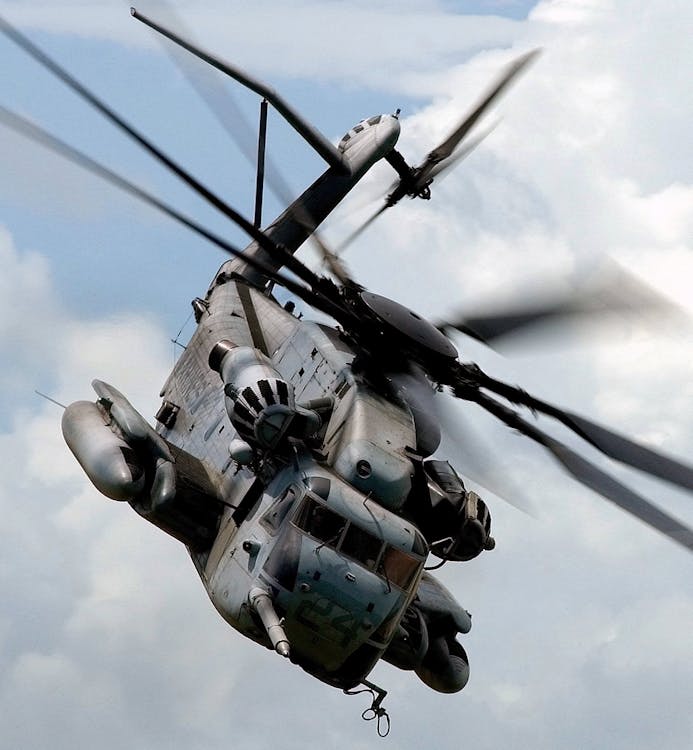Advanced Rotor Design: Taking Flight to New Frontiers
Rotorcraft, such as helicopters and drones, play a crucial role in various industries and applications. However, their traditional rotor designs face limitations in performance, efficiency, and noise generation. To address these challenges, extensive research and development efforts are focused on advanced rotor design. This field explores innovative solutions to optimize rotor performance and unlock new possibilities for rotorcraft.
 |
| Advanced Rotor Design: Taking Flight to New Frontiers |
Key Areas of Focus:
Blade Design:
- Advanced airfoil shapes to improve lift generation and reduce drag.
- Variable-pitch mechanisms for enhanced control and maneuverability.
- Active twist control for optimizing blade performance throughout the flight cycle.
- Biomimetic designs inspired by nature for efficient and silent operation.
Rotor Configurations:
- Coaxial rotors for increased lifting capacity and stability.
- Tandem rotors for improved forward flight speed and maneuverability.
- Tilting rotors for vertical takeoff and landing (VTOL) and efficient forward flight.
- Compound helicopters with fixed wings for enhanced speed and range.
Materials and Manufacturing Techniques:
- Advanced composite materials for lighter and stronger rotor blades.
- Additive manufacturing (3D printing) for creating complex blade geometries.
- Intelligent materials that can adapt to changing flight conditions.
Noise Reduction Technologies:
- Serrations and trailing edge modifications to reduce rotor noise.
- Active noise control systems to cancel out unwanted sounds.
- Electric propulsion for quieter and more environmentally friendly operation.
Benefits of Advanced Rotor Design:
- Improved performance: Increased lift, speed, range, and maneuverability.
- Enhanced efficiency: Reduced fuel consumption and operating costs.
- Reduced noise: Quieter operation for improved noise pollution control.
- Expanded capabilities: Access to new flight regimes and missions.
Challenges and Future Outlook:
- Complexity and cost: Advanced rotor designs are often more complex and expensive to develop and manufacture compared to traditional designs.
- Safety and certification: Extensive testing and certification are required to ensure the safety of new rotorcraft designs.
- Integration with existing systems: New rotor designs need to be seamlessly integrated with existing aircraft systems.
- Public acceptance: Noise concerns and safety perception may affect public acceptance of new rotorcraft technologies.
Despite the challenges, the future of advanced rotor design is promising. Ongoing research, technological advancements, and increased investments are paving the way for breakthroughs in rotorcraft performance, efficiency, and noise reduction. This will ultimately lead to safer, more capable, and environmentally friendly rotorcraft that can revolutionize air travel, transportation, and numerous other applications.
Examples of Advanced Rotor Designs:
- S-97 Raider: A high-speed helicopter with a coaxial rotor design and advanced blade technology.
- Sikorsky X2: A compound helicopter with a coaxial rotor design and a fixed wing for increased speed and range.
- eVTOL aircraft: A class of electric vertical takeoff and landing aircraft with innovative rotor designs for quieter and more sustainable urban transportation.
Conclusion:
Advanced rotor design holds the key to unlocking the full potential of rotorcraft. By addressing the challenges and embracing innovation, we can look forward to a future with quieter, more efficient, and capable rotorcraft that will expand the horizons of flight and revolutionize the way we travel, work, and explore the world.

